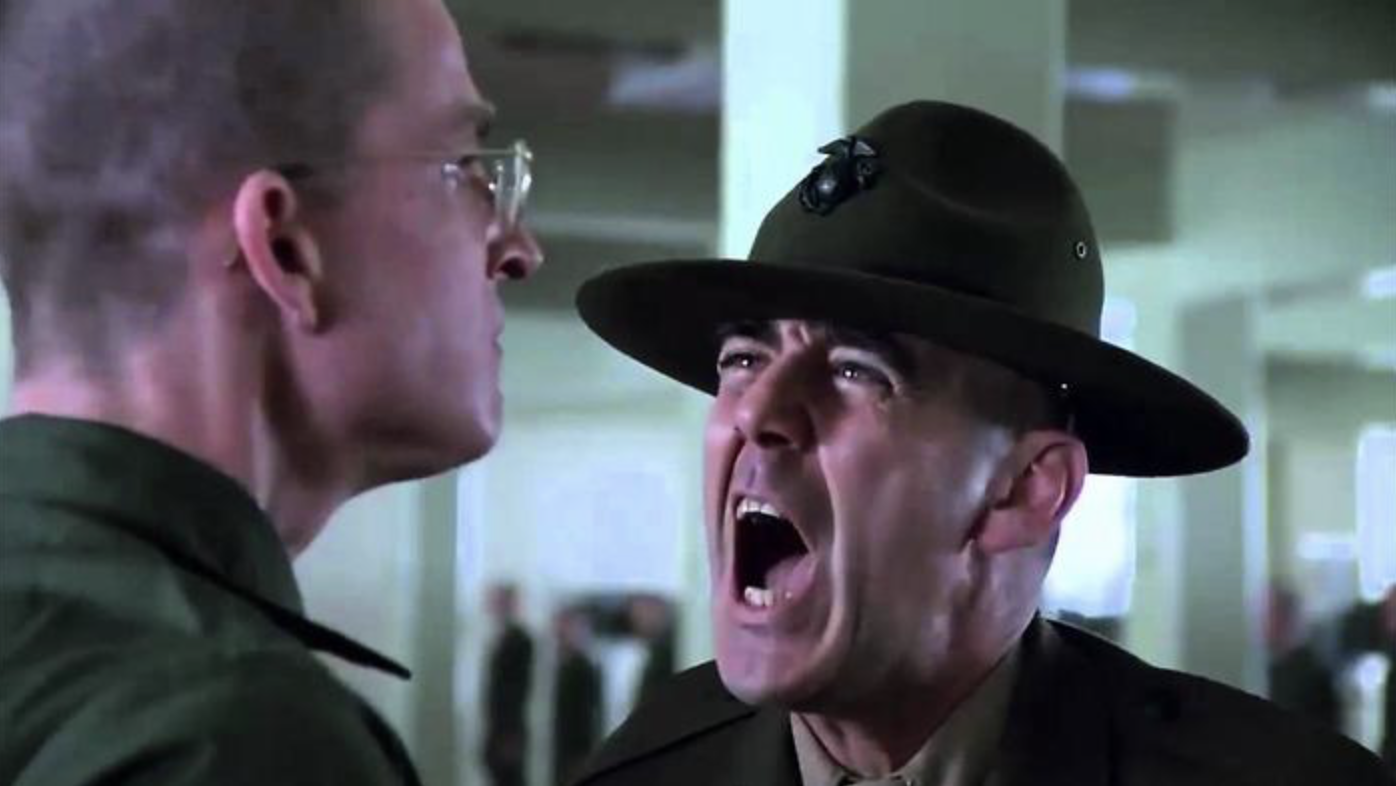By Scott Taylor
Last week the Canadian Armed Forces made the official announcement that henceforth there will no longer be any gender restrictions on uniform clothing items. Service members can now order and wear whichever uniform they feel best suits their individual identity.
It was also announced that all restrictions on military haircuts are being lifted as of this September.
Making the announcement in a video on social media was the awkward looking pair comprised of Chief of Defence Staff, General Wayne Eyre and Canadian Forces Chief Warrant Officer Gilles Gregoire.
Watching two completely bald, Caucasian, career-military men talk about the importance of one’s hairstyle being an indicator of the CAF’s new policy of inclusivity was almost farcical.
Needless to say, in the wake of this announced policy change the Internet exploded with the outrage of veterans.
To follow their collective argument, this is the end of soldiering in Canada and yet another reason that they wish Prime Minister Justin Trudeau would – to gently paraphrase – “exit and make love to himself.”
My initial reaction was to question whether or not this latest development would in fact successfully address the CAF’s current problem with both retention and recruitment of personnel.
It is hard to envision someone in uniform thinking “if only they would let me grow my hair long and dye it blue, then I would happily continue serving.”
Likewise, not many long blue-haired folks are seen outside recruiting centres contemplating their martial-trade options.
However, while this is yet another significant milestone in the CAF’s evolution, I am pretty confident that with the passage of time it will become the accepted norm.
When I joined the CAF in 1982, the military was still fighting against accepting the newly adopted Canadian Charter of Rights and Freedoms.
My platoon was the last to graduate before the Charter was implemented and our instructors loudly bemoaned the fact that this would be the end of soldiering in Canada.
Prior to the protections of the Charter, NCO’s could verbally and physically abuse recruits, and it was felt this was the only way to properly forge a real soldier. Turns out those instructors were wrong.
Fast forward to 1987 when the decision was made to allow females to serve in combat trades and aboard warships.
Those serving in these heretofore male-only trades loudly protested that mixed gender units would be the death of soldiering in Canada. Turns out they too, were wrong.
Up until 1992 it was illegal to be homosexual and serve in the CAF.
As a result of these strictly enforced regulations the military was undoubtedly the most homophobic institution in Canada.
When it was announced that homosexuals could serve legally, the old guard once again hailed that this was the end of soldiering in Canada as we know it.
That was in the pre-Internet era, so these sentiments were circulated via tub-thumping in the messes, and vitriolic letters to the editor.
That was of course 30 years ago and contrary to the naysayers’ predictions, the Canadian military continued to soldier on in impressive style.
From 2001 until 2014 Canada deployed some 40,000 troops to Afghanistan.
That force included Canadians of diverse ethnic backgrounds, genders and sexual preferences and they fought side-by-side under a single identity – that of being a Canadian soldier.
Throughout history, the Canadian military has indeed reflected the values of society at large.
When viewed through the prism of 2022 hindsight, those values do not always stand the test of time.
During the First World War, Blacks wishing to serve in the military found it extremely challenging.
To accommodate these Black volunteers and to alleviate the manpower shortage at the frontlines in Europe, Canada established a segregated unit known as the Number 2 Construction Battalion.
These Black soldiers had white officers and were relegated to non-combat, labour tasks.
Until recently, the heritage of No. 2 Construction Battalion was trumpeted by the Department of National Defence during Black history month each year.
Finally someone realized that segregating these volunteers by race and having them perform menial tasks was not such a glorious martial history after all.
This past Saturday, the CAF made an official apology to the descendants of No. 2 Construction Battalion at a ceremony in Halifax.
One day in the not so distant future we may come to realize that someone with long hair, face paint and a skirt can still make a hell of a warrior.
Wait a minute, I just described Braveheart.
Freedom!


